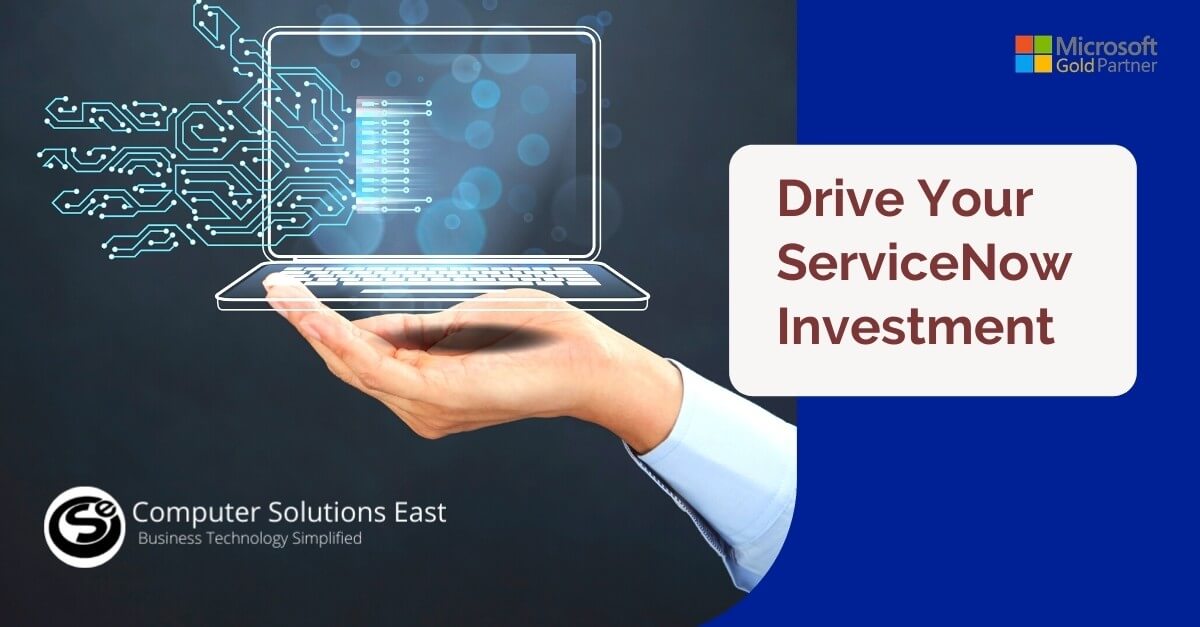Why Device Management Needs to Be a Strategic Priority?
Mobility in the office has been a hot topic in the IT sector, with 74% of US businesses implementing a bring your device (BYOD) plan. Other Cisco research indicated that employees enjoy and are more productive with workplace transformation services using their own devices. A BYOD policy saved an average of 81 minutes each week.
While the proliferation of mobile devices may result in higher productivity, it raises issues for many IT departments for workplace transformation strategy.
Most IT professionals are overburdened with daily activities such as securing their environments, guaranteeing network continuity, responding to help desk requests, and managing their data centers.
The advent of mobile devices complicates their daily routines and leaves them with less time for innovation, growth, and future project management. Many businesses have minimal IT personnel resources as a part of workplace transformation services, with departments typically including between five and ten employees. Fortunately, these IT teams now have access to mobile device management solutions.
What Is Mobile Device Management?
An essential role in the lifecycle management of many IT departments is digital workplace transformation services, which aid IT workers in managing devices. Managed strategy implementations are on the rise, making this a crucial tool for IT departments that meet the small and medium enterprises’ mold.
There are five key reasons why enterprises need to pivot resources for device management.
Ease of Managing Devices
An MDM solution may help any business that makes use of mobile devices. Managing all the company’s assets, performing all application upgrades, and maintaining control over the material that end users access is no easy undertaking, even for smaller IT teams. These solutions provide IT workers, with such skills through a single interface, allowing them to save significant amounts of time, money, and human resources.
To further complicate administration, an increasing number of businesses now provide remote work options. This creates a need for workplace transformation services that resolve another layer of complexity to employee assistance, with the two primary digital workplace services being safety and remote troubleshooting. Along with enhanced security features, MDM systems may give further assistance to these employees by enabling IT experts to assist with software support by sending updates directly to users.
Enhanced Security at End Points
It is no secret that security is critical in today’s world. It is crucial to prevent the leak or mishandling of private data and personal information. By encrypting data, MDM may offer extra security measures. According to a recent survey performed by Tenable, mobile devices downloaded malware in 39% of respondents’ cases, and 21% of respondents had a security breach because of their BYOD approach. Apart from viruses, data might be compromised physically by someone taking the device. When a card is infected or misplaced, IT experts can remotely erase it and lock users out.
Controlling User Content
MDM solutions can aid IT administrators in regulating the content that users have access to. Policies can be configured to restrict users to only permitted content, preventing them from accessing unapproved sites that could compromise the entire network. The workplace transformation services can monitor each device’s data use and limit the bandwidth a user can consume to alleviate network bottlenecks. Another feature is geofencing, which notifies IT, workers when devices leave a designated geographic location.
Support for Multiple Devices
All mobile devices used by an employee and connected to the network can be supported. Daily, the average employee uses three or more gadgets for work. Consider your work environment: most employees have access to their corporate email via mobile phones, laptops, and tablets.
Two-thirds of employees spend approximately four hours per week using their cellphones for business purposes, with some individuals spending up to eight hours per week on their phones. This triples the environment’s susceptibility and compels IT teams to spend more time guaranteeing the environment’s security.
Cost Reductions
In the age of mobility and BYOD, businesses increasingly rely on employees to bring their own devices, absolving the corporation of responsibility for hardware costs. Since 2011, the BYOD industry has tripled in size, from $67.21 billion in 2011 to $181.39 billion in 2017. Companies would prefer to allow workers to work from home and manage business-related applications on their devices driven by workplace transformation strategy.

By shifting ownership for the gadget to the end-user, the company saves significantly on hardware costs with workplace transformation services. With the decrease in hardware expenses, fewer resources will need to provide cellular data to end consumers.
Why Device Management?
Mobile device management solutions have become important with the growing adoption of mobile devices in the workplace. The adoption offers benefits of workplace transformation directly influencing most organizations, regardless of whether you are the business owner, chief technology officer, information technology director, or help desk associate.
Workplace transformation services assist in the administration and security of mobile devices and provide IT administrators, with a simpler method to govern network users and devices. The simplicity with which devices can be managed frees up time for productivity, strategy, and innovation in small IT teams.
Share This Post


